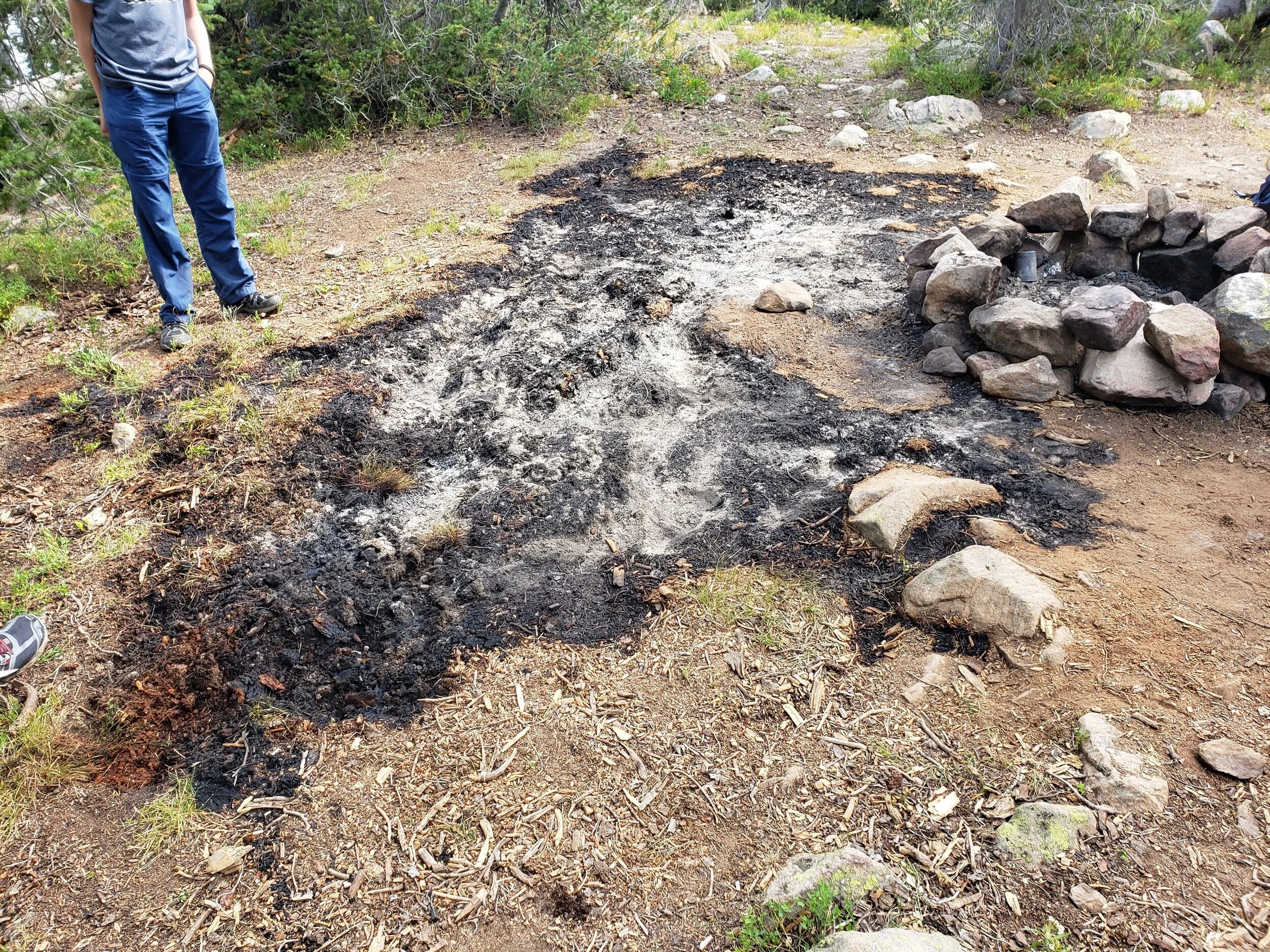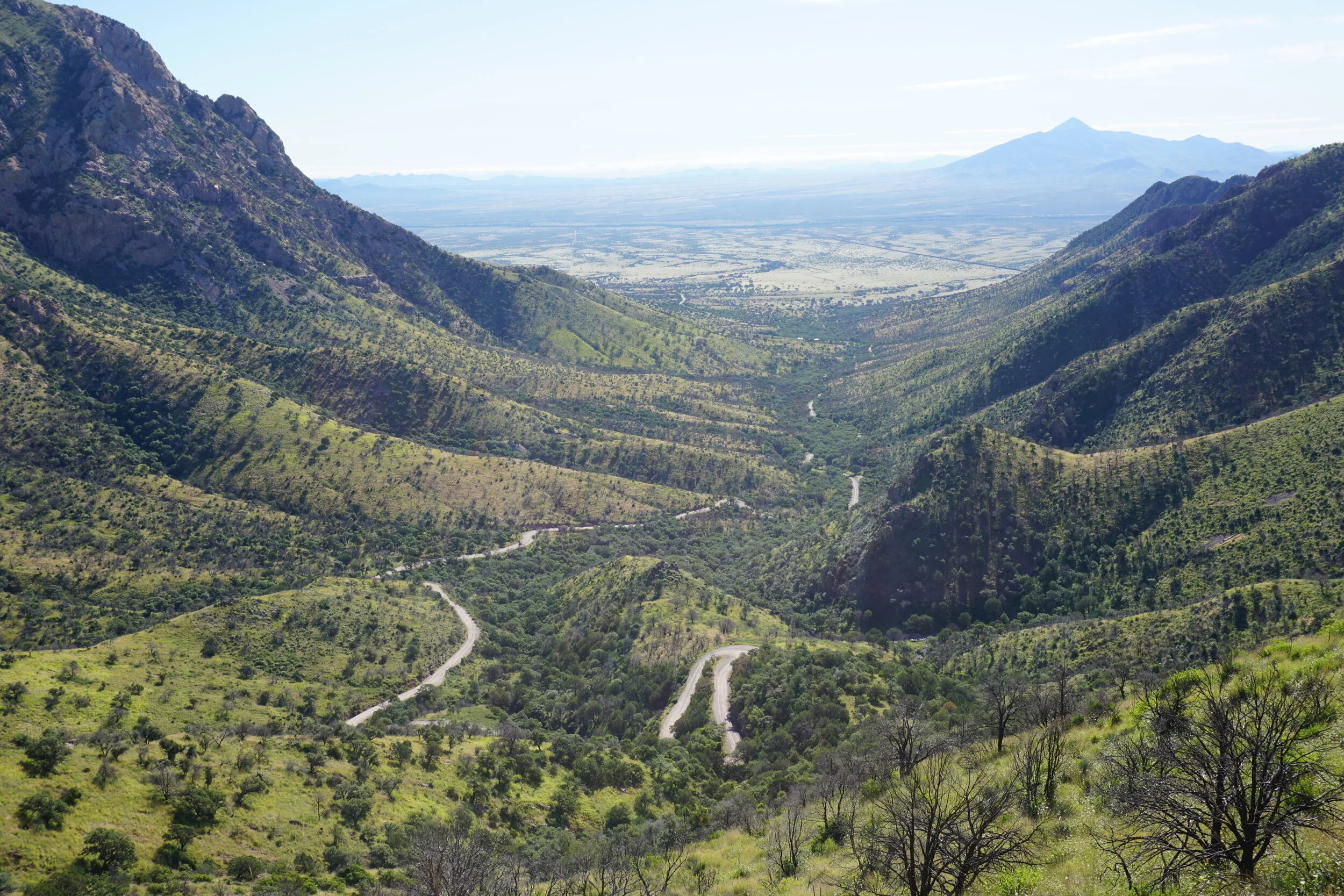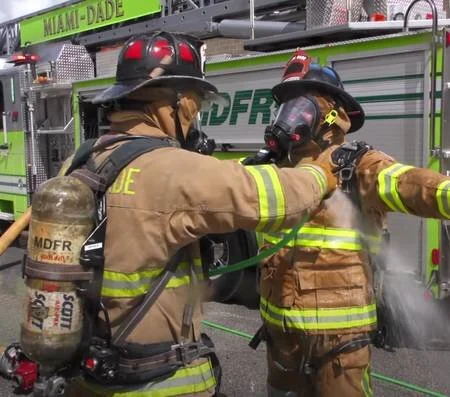Happy Wednesday Fireshed Coalition Members!
While nothing can replace the boots on the ground efforts of firefighters against wildfires, recent technological advances are helping to support and increase safety of these efforts. Today we wanted to share with you some of the new technological advances that are helping fire professionals predict and combat wildfires across the globe.
This Wildfire Wednesday features information on:
How drones are being used to fight fires
Technology being introduced to increase firefighter safety
Silicon Valley’s increased focus on fire technologies
Have a good week,
Liz
Drones & Wildfires
Credit: Steve Peterson
It has been just two years since the Wildfire Management Technology Advancement Act was signed into law, allowing for increased capacity in drones being used on the front lines against wildfires. Drones are being used to drop incendiary devices to create fuel breaks and backburns, map fires with thermal imaging, inspect flight paths for retrofitted jets that release retardant over fires, and provide high-resolution images of fire behavior. Drones can access areas that manned-aircrafts can’t due to size and safety concerns, they can also fly at night and when visibility is low due to smoke which makes them even more valuable in the fight against wildfire. To learn more, read this article from National Geographic: Fireball-dropping drones and the new technology helping fight fires or this article from Discovery: Wildfire Technology - Tackling the Spread of Wilderness Fires with Digital Technology.
Additionally, check out the video below from the Smithsonian Channel that shows how a “predator” drone used infrared technology to locate a missing fire crew and protect critical infrastructure in a 2013 wildfire in Yosemite National Park.
Firefighter tech
Source: Parasim
Qwake - This helmet-mounted communication device for firefighters “provides aid in navigating fire hazard zones by combining augmented reality (AR), thermal imaging cameras (TICs), cellular and wireless network technologies, camera tracking, GPS localization, and data collection.” (Qwake Technologies Awarded Air Force Contract to Adapt AR Solution for Smokejumpers and Special Operations)
PARASIM - This parachute training simulator uses a 3D virtual reality display and suspension harness to mimic the conditions of an actual jump. “Controls, real world scenes, malfunctions, wind profiles, various weather conditions, and a full library of terrain types add up to a realistic experience.” This technology can help smokejumpers prepare for parachuting into wildland fires.
Silicon Valley Fire Technology Investments
California has seen devastating wildfires in recent years. In 2020, 4.2 million acres burned across California, a number that is expected to be exceeded this year. The proximity of Silicon Valley, the global technological hub, to many of the California wildfires has led many developers and investors to turn their attention towards fire prevention and fighting technology. While many of these technologies are solely being utilized in California for now, we would expect at least some of these products and platforms to be available across the US in the upcoming years. Here are some examples of some of the technological advances coming out of Silicon Valley right now (from California wildfires: Fighting bigger blazes with Silicon Valley technology & As wildfires approach Silicon Valley, tech firms struggle to find the backing to fight them)
Source: Zonehaven
Zonehaven: This “Community Evacuation Interface” is a map-based software that connects maps, fire and police departments, dispatchers, and residents to provide reliable information about evacuation updates and preparation resources. This platform is already serving 3.2 million people in over 170 fire districts in California.
Rain System: This startup is making a network of drones that can detect and drop retardant on wildfires before firefighter arrive.
Buzz Solutions: This software platform uses visual data and algorithms that can detect failures within power grid systems that can lead to wildfires. The software “assesses the likelihood of asset degradation, line health, vegetation encroachment, and future hotspot areas” so repairs can be made prior to wildfires starting.


















